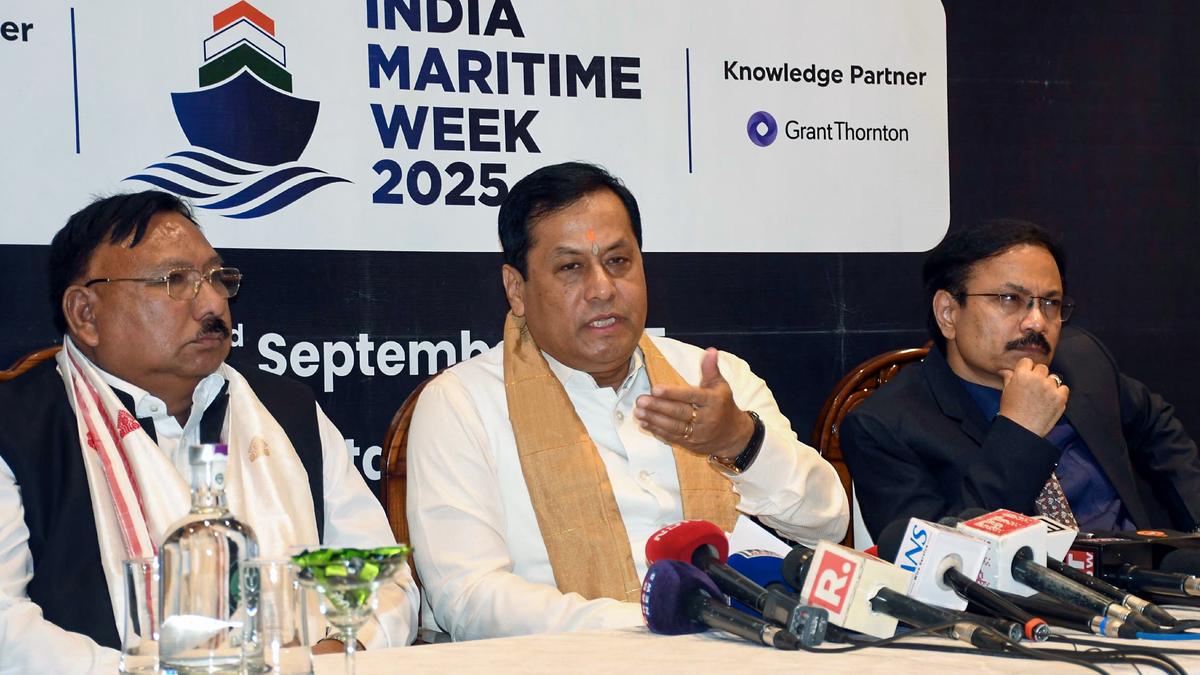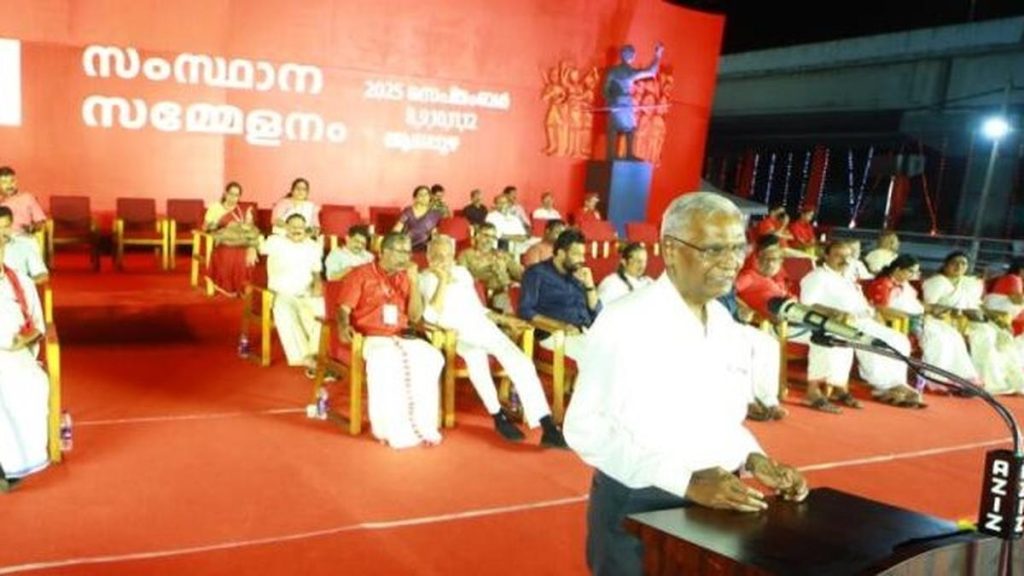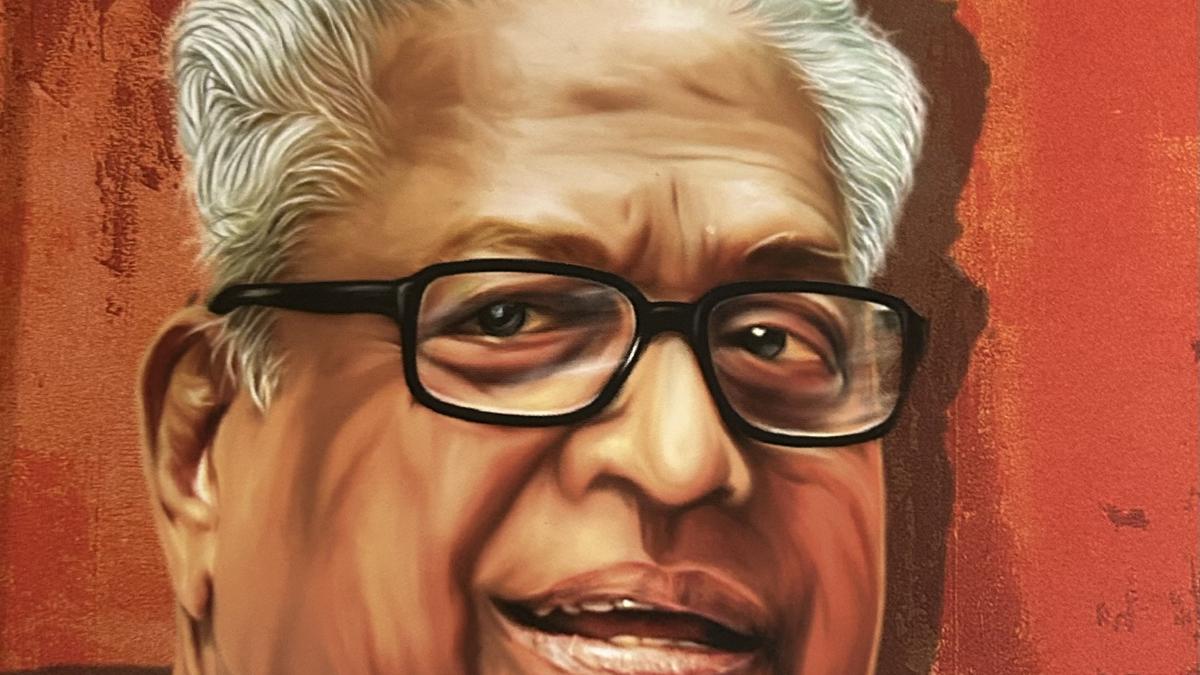Now Reading: PM to Join India Maritime Week in Mumbai: Sarbananda Sonowal
-
01
PM to Join India Maritime Week in Mumbai: Sarbananda Sonowal
PM to Join India Maritime Week in Mumbai: Sarbananda Sonowal

Quick Summary
- Event details: Prime minister Narendra Modi will attend the India maritime Week in Mumbai from October 27-31,delivering the keynote address at the Global Maritime CEO Forum.
- Participants: The event expects over 100,000 stakeholders from over 100 countries to showcase India’s maritime strength.
- Announcements for Northeast:
– Two luxury cruise ships, worth ₹250 crore, to be launched on Brahmaputra River by 2027 under Cruise Bharat Mission.
– ₹1,000+ crore investments in inland waterway infrastructure; ₹300 crore projects completed, others nearing completion.
– Development of first ship repair facility in Pandu (₹239 crore), ready by 2026.
- Tourism Boost Initiatives:
– Tourist jetties (₹299 crore) at Guijan, Neamati, Bishwanath Ghat & silghat for cruise tourism expansion.
– A Regional Center of Excellence proposed in Dibrugarh (₹188 crore) to train maritime professionals.
- Maritime Growth Highlights As 2014:
– Port capacity nearly doubled; cargo handling scaled up to ~1,600 million metric tonnes annually; reduced turnaround time at ports to ~22 hours.
– Inland waterways grew from five operational routes (2014) to thirty now; cargo movement increased from ~18 million tonnes (~2013-14) to ~145 million tonnes annually.
- Green Initiatives: Harit Sagar policy promotes clean fuel use and eco-friendly vessels alongside the Jalvahak scheme incentivising inland waterway cargo.
Indian Opinion Analysis
The India Maritime Week reflects India’s ambition in asserting global maritime leadership amid transformative policies reshaping its ecosystem. Enhanced port capacities and reduced turnaround times signal infrastructure efficiency gains critical for international commerce competitiveness. The Northeast-focused initiatives-luxury cruise ships and inland waterways investment-not only promise economic growth but also new tourism avenues.
strategically leveraging green transitions via Harit Sagar underscores India’s commitment towards sustainable development-a necessary shift given environmental constraints inherent in maritime sectors globally.
The link between national waterways and hinterland connectivity stands out as essential for industries relying on cost-effective logistics solutions spurred through schemes like Jalvahak. Training hubs such as Dibrugarh’s Regional Centre indicate forward-thinking investments empowering regional youth while strengthening domestic maritime expertise pipelines critical till Vision targets unfold success story beyond numbers toward civic-industrial inclusions read.. 
























